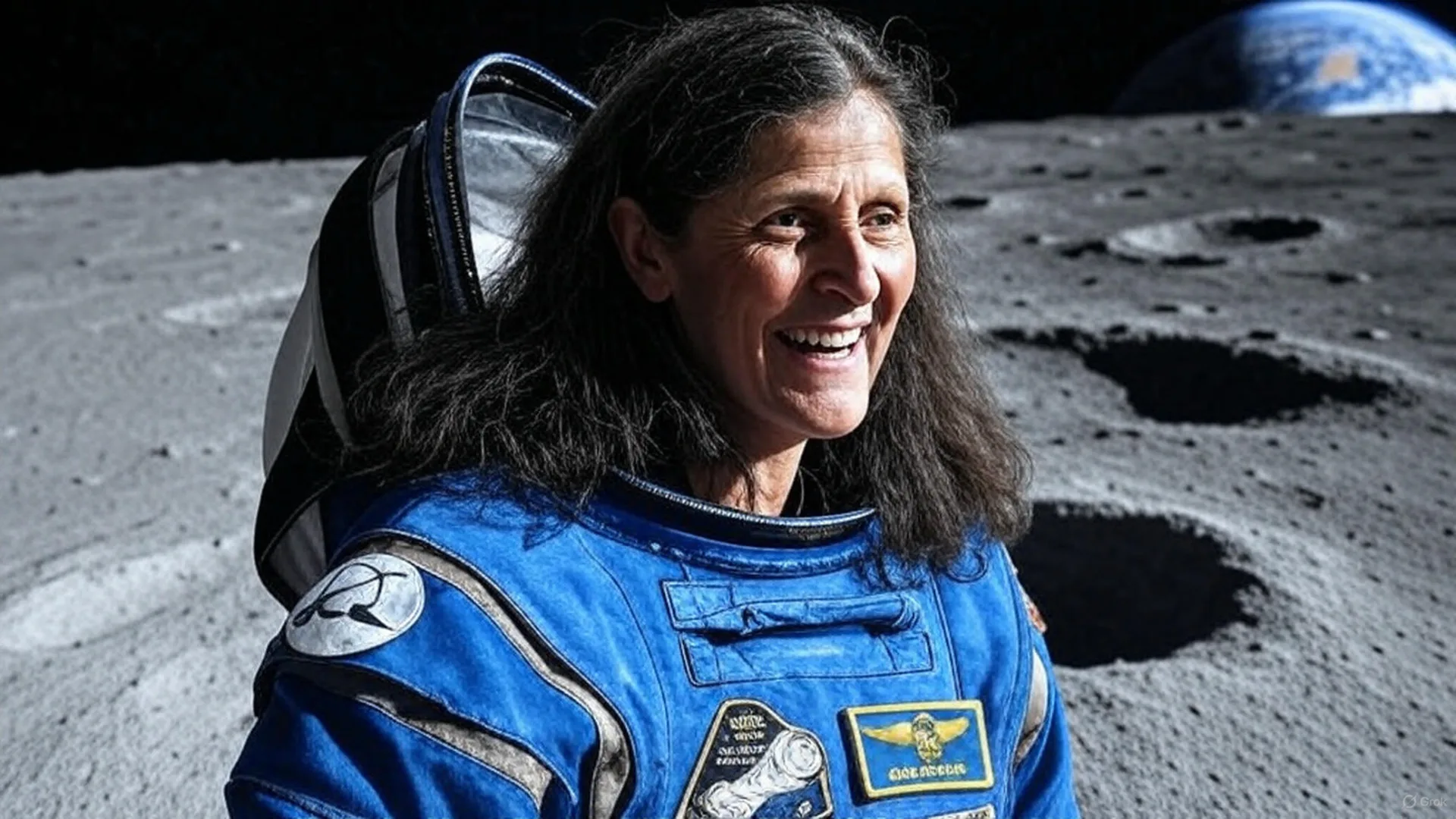The Mission Begins: Boeing Starliner’s Crewed Test Flight
On June 5, 2024, NASA, in collaboration with Boeing, launched the Starliner spacecraft from Cape Canaveral, Florida, as part of its first crewed test flight to the International Space Station (ISS). The mission aimed to certify the spacecraft for regular crewed missions. Sunita Williams, an Indian-origin American astronaut with roots in Gujarat, and Butch Wilmore, a seasoned NASA veteran, were the key players in this historic flight. By June 6, the spacecraft successfully docked with the ISS, but this is where the challenges began.
What Went Wrong: Technical Failures Extend the Mission
The Starliner faced critical issues with helium leaks and thruster failures, derailing the original plan. Helium gas is essential for pressurizing the spacecraft’s thrusters, which control its maneuvering and docking with the ISS. A minor helium leak was detected before launch, but engineers deemed it manageable. However, after reaching the ISS, four additional helium leaks emerged, and 5 out of 28 thrusters malfunctioned. This caused the spacecraft’s propulsion system to overheat, raising safety concerns.
NASA, prioritizing astronaut safety and recalling past incidents like the Columbia disaster, decided against bringing the Starliner back to Earth with the crew. Instead, Williams and Wilmore were instructed to remain on the ISS, turning their 8-day mission into a 9-month ordeal. The Starliner eventually returned to Earth uncrewed on September 6, 2024, leaving the astronauts stranded until a rescue plan was devised.
Surviving in Space: Life Aboard the ISS
The International Space Station, a 356-foot-long orbiting laboratory, became their home for over 280 days. Equipped with advanced facilities, the ISS is designed to sustain life for extended periods. It stocks food, water, oxygen, and other essentials for up to 6 months, with regular resupply missions ensuring continuity. For Williams and Wilmore, survival wasn’t the biggest challenge—adaptation was.
The ISS, orbiting Earth at 27,600 km/h (17,150 mph), houses a gym, sleeping quarters, and research labs. The astronauts contributed to ongoing experiments, including growing food in microgravity, studying bacteria, and analyzing hurricane life cycles. However, their limited clothing (packed for just 8 days) posed a problem. On August 6, 2024, NASA sent additional supplies, including clothes, via a SpaceX cargo mission. With six months’ worth of provisions and a crew rotation system (typically including NASA and Roscosmos astronauts), the ISS provided a stable environment for their extended stay.
The Rescue: SpaceX Steps In
With the Starliner deemed unsafe for return, NASA turned to SpaceX for a solution. The next scheduled crew rotation mission, Crew-9, was adjusted to accommodate Williams and Wilmore’s return. Launched on September 24, 2024, aboard the Crew Dragon spacecraft, the Crew-9 mission included two empty seats reserved for the stranded astronauts. After completing their 6-month stint on the ISS, the Crew-9 team, along with Williams and Wilmore, returned to Earth on March 18, 2025, landing safely off the coast of Florida.
This delay was partly due to logistical constraints. The ISS has only eight docking ports—four for crewed spacecraft and four for cargo. With the Starliner occupying one port and another SpaceX Crew Dragon already docked, scheduling a special rescue mission was deemed too costly and impractical. Instead, NASA waited for the next rotation cycle, ensuring a cost-effective and safe return.
Who Are Sunita Williams and Butch Wilmore?
- Sunita Williams: Born in the US to Indian parents from Gujarat, the 59-year-old astronaut is no stranger to space. With over 600 days logged in orbit across multiple missions, she’s known for running a marathon aboard the ISS and even voting in a US election from space. Her resilience and experience made her a key asset during this extended mission.
- Butch Wilmore: A former Navy test pilot and veteran astronaut, Wilmore brought his expertise to troubleshoot the Starliner’s issues, though the spacecraft’s flaws were beyond in-orbit repair.
Challenges of Long-Term Space Travel
Extended stays in space take a toll on the human body. Without gravity, astronauts experience muscle atrophy, bone density loss, and fluid shifts causing “puffy feet.” Their return on March 18, 2025, was followed by a 45-day medical observation period to address these effects. Despite the challenges, Williams and Wilmore adapted, leveraging the ISS’s gym and nutrition systems to stay healthy.
Why This Matters for Canada and the US
This mission highlights the growing role of private companies like Boeing and SpaceX in space exploration, a topic of interest in tech-savvy nations like Canada and the US. For Canadians, the ISS’s international collaboration (involving Canada’s CSA) underscores their country’s contribution to space research. In the US, it’s a story of innovation, resilience, and the future of NASA’s Commercial Crew Program.
Conclusion: A Triumph of Human Endurance
Sunita Williams and Butch Wilmore’s unexpected 9-month stay in space is a testament to human adaptability and NASA’s commitment to safety. From the Starliner’s failure to their SpaceX rescue, this saga captivated audiences in Canada, the US, and beyond. As we look to future missions, their journey reminds us of the risks and rewards of pushing the boundaries of space exploration.
What do you think about this incredible story? Would you want to travel to space? Share your thoughts in the comments below, and subscribe for more updates on space missions, NASA breakthroughs, and astronaut adventures!




Leave A Comment